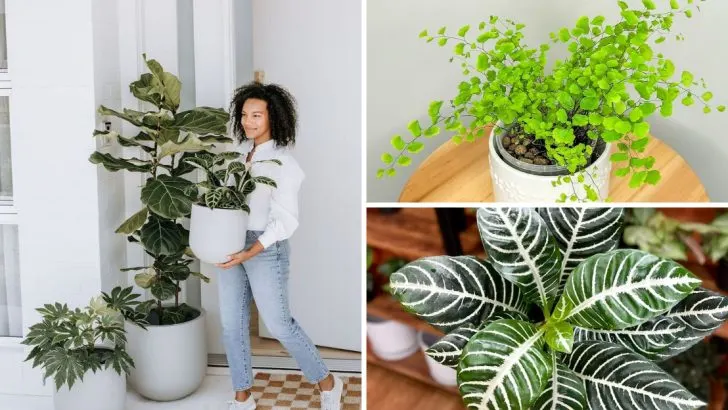Houseplants can bring beauty, life, and even better air quality to your home, but not all plants are created equal when it comes to ease of care.
Some species require a level of attention and expertise that can leave even seasoned plant enthusiasts frustrated. Thankfully, there are easier alternatives that offer similar aesthetics and benefits without the stress.
In this article, we’ll uncover 12 of the hardest houseplants to grow and suggest alternatives that thrive with minimal effort. Whether you’re a beginner or simply looking for low-maintenance options, this guide will help you build a lush and thriving indoor garden.
Maidenhair Fern
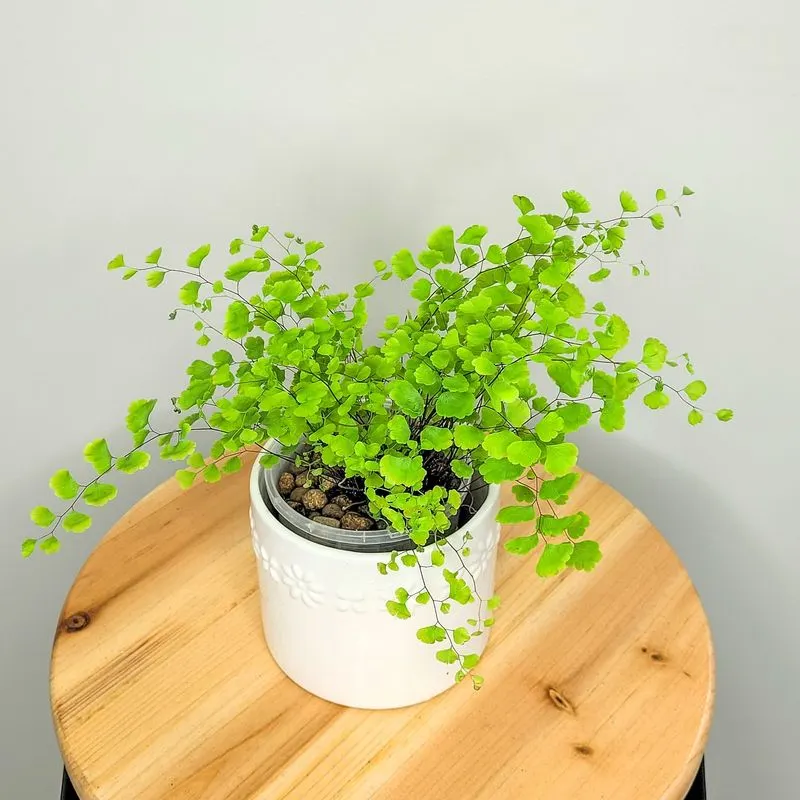
The maidenhair fern is admired for its delicate, feathery fronds, but its beauty comes at a price. It requires constant humidity and cannot tolerate drying out. Many plant enthusiasts find themselves frustrated by its demanding nature.
Instead, consider the Boston Fern. It offers similar lush greenery but is more forgiving if you forget to water it occasionally. Plus, it thrives in moderate humidity, making it easier to accommodate in a typical household environment. Its resilient nature makes it a favorite among beginners and seasoned gardeners alike.
Fiddle Leaf Fig
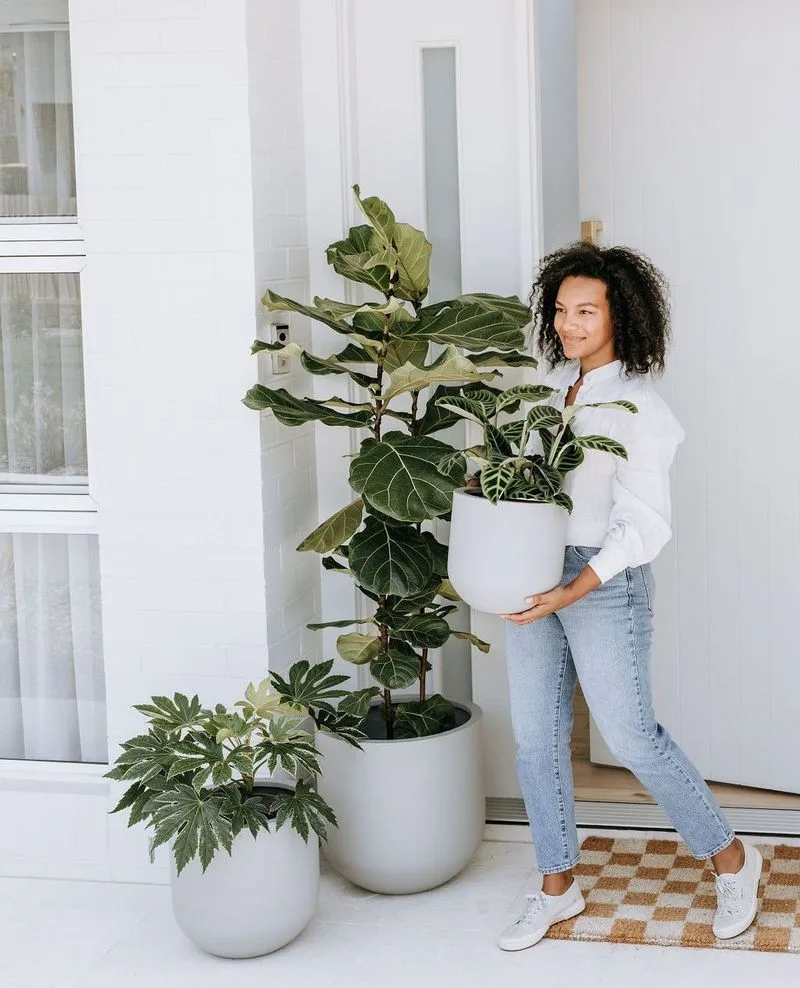
The fiddle leaf fig has become a staple in trendy interiors, but its care can be challenging. Sensitive to light changes, it often reacts with yellowing leaves and dropping foliage.
Sansevieria, or the snake plant, provides an excellent alternative. It’s hardy, adaptable to various light conditions, and requires minimal watering. This plant’s architectural shape adds a modern touch without the fuss. Its ability to thrive on neglect makes it a go-to choice for busy individuals looking to add greenery to their space without the stress.
Orchid
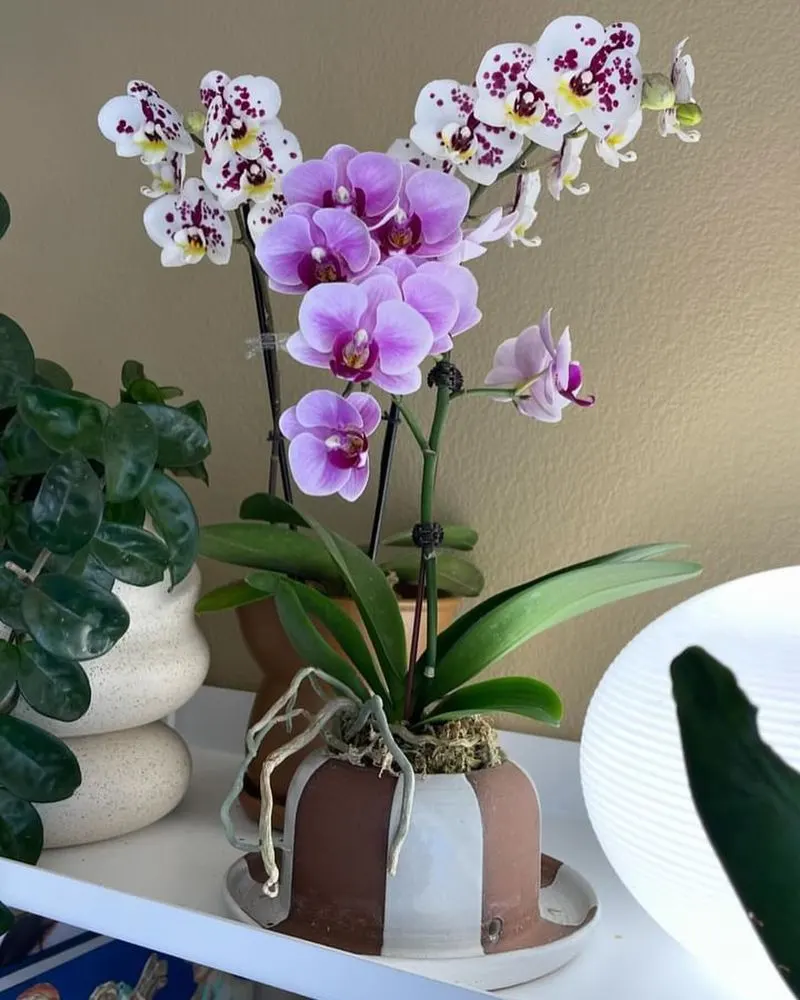
Orchids are synonymous with elegance but maintaining them is often an arduous task. They require specific humidity, light, and watering schedules, making them high-maintenance plants.
For a simpler option, try the Peace Lily. Known for its graceful white blooms and lush green leaves, it requires less specific conditions to flourish. It can tolerate lower light levels and enjoys regular watering, though it forgives occasional lapses. Its air-purifying qualities are an added bonus, making it both beautiful and functional in any home.
Bonsai Tree
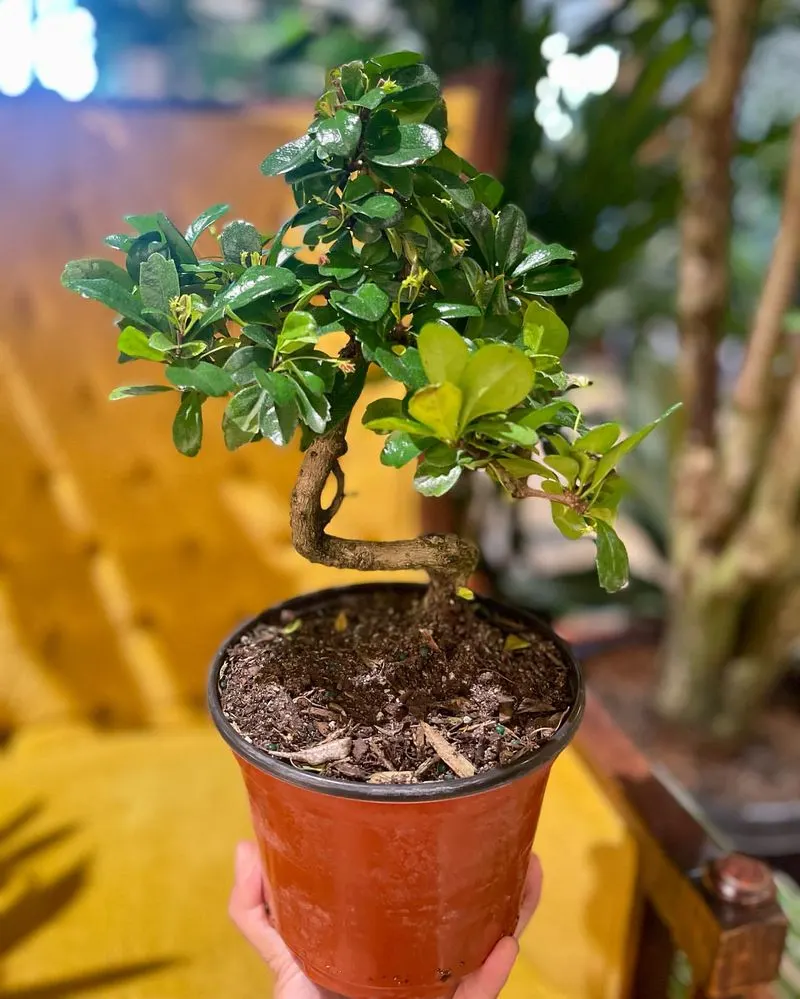
Bonsai trees demand an extraordinary level of care, precision, and patience. Trimming and shaping can be time-consuming, and they require specific light and humidity levels.
Consider opting for a Jade Plant instead. It offers a similar aesthetic appeal with its miniature tree-like form but is far less demanding. This succulent thrives in bright light and only needs occasional watering, making it a practical choice for those who admire bonsai aesthetics without the intensive care requirements.
Calathea
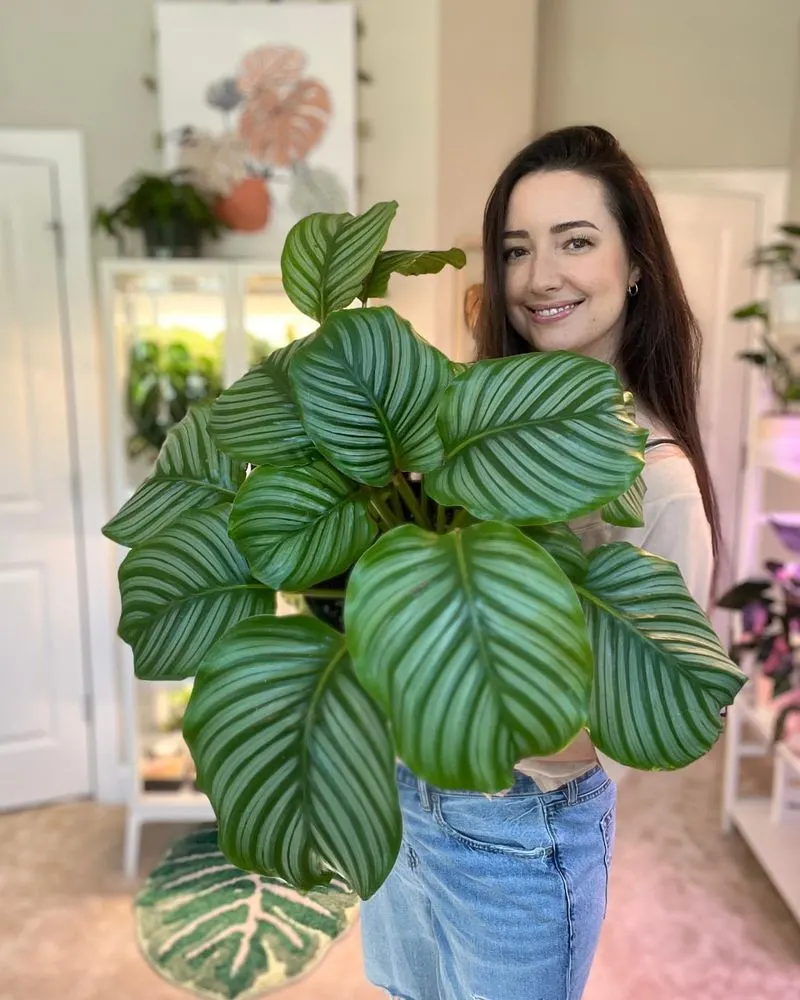
Calatheas are renowned for their strikingly patterned leaves but are notoriously fussy about humidity and water quality. Browning edges and leaf curl are common complaints.
The Spider Plant, with its arching green and white-striped leaves, presents a more patient alternative. It adapts to various light levels and is largely indifferent to typical tap water. It’s resilient and even thrives on neglect, making it perfect for those who want an attractive plant without constant worry. Spider plants also produce baby offshoots for easy propagation.
Gardenia
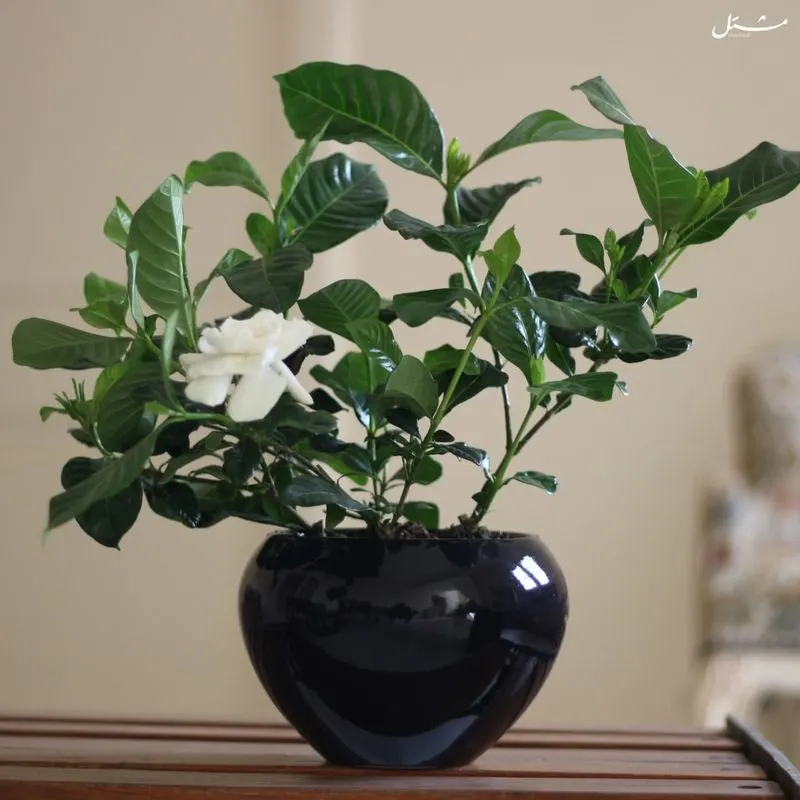
Gardenias enchant with their fragrance and beauty, yet they are demanding houseguests. They require precise humidity, light, and temperature controls to bloom indoors.
Choose the Jasmine plant as a simpler alternative. It produces lovely fragrant flowers and adapts to indoor conditions more easily. Jasmine is less particular about humidity and can thrive with regular watering and bright, indirect light. It offers the same aromatic experience without the complexity, making it a cherished addition to any home setting.
Zebra Plant
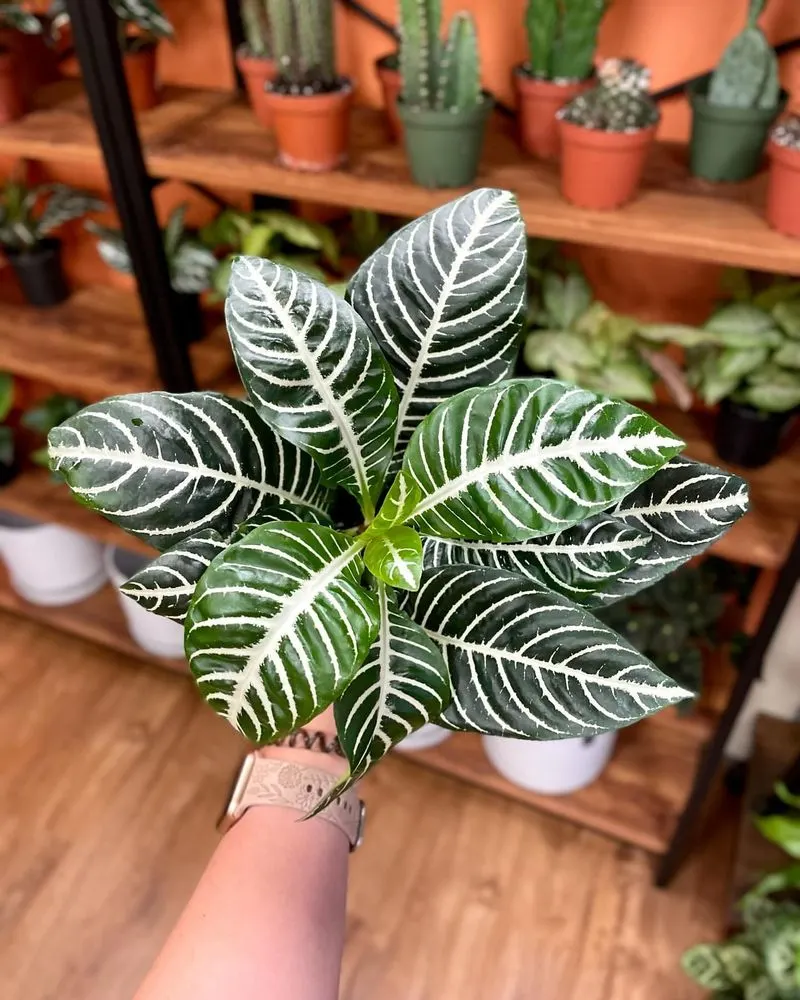
Zebra plants are known for their bold, striped foliage but bring with them a set of challenges, including a need for high humidity and consistent watering. They often sulk if conditions aren’t perfect.
Consider the Pothos, a plant that’s equally striking with its cascading vines. It’s far less demanding, adaptable to varying light conditions, and tolerates infrequent watering. Pothos is ideal for those who love dramatic foliage without the drama. It’s a popular choice for busy households wanting a splash of greenery.
Alocasia
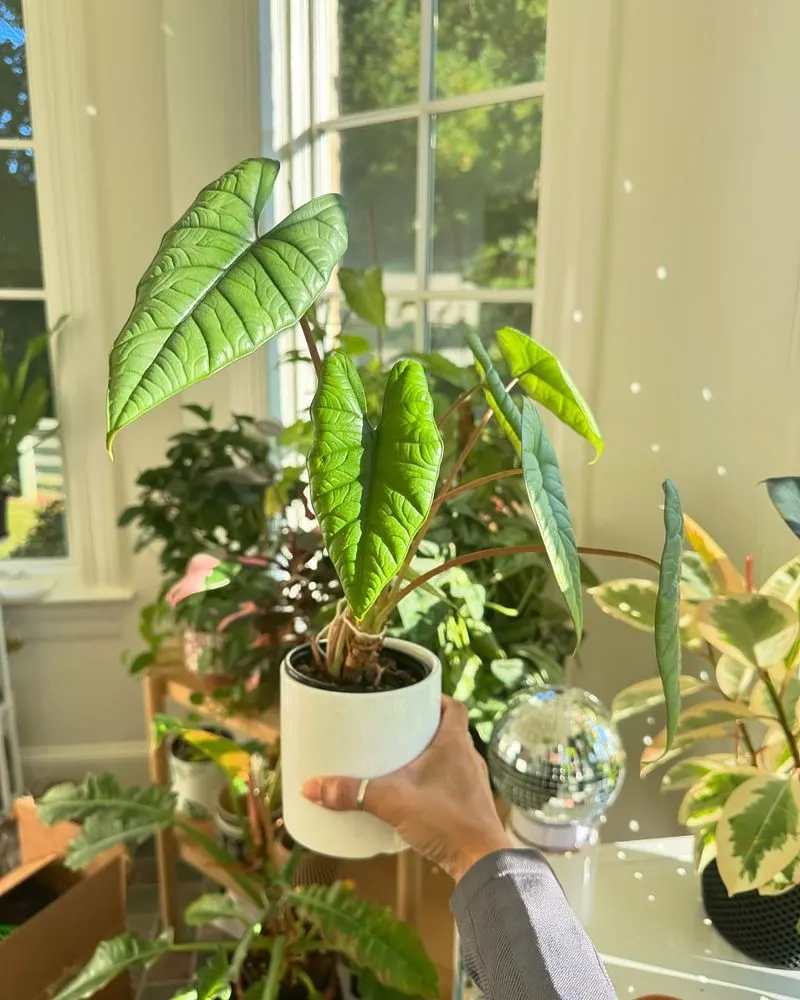
Alocasias captivate with their striking, shield-like leaves, yet they demand attention. They are sensitive to changes in temperature and humidity, often showing distress with browning tips.
Try the Elephant Ear Philodendron instead. It offers a similar bold look with less fuss. This plant is more adaptable to home environments, tolerating a range of light levels and requiring less meticulous care. It’s a fantastic option for those who appreciate alocasia’s aesthetics but prefer a more laid-back approach to plant care.
Croton
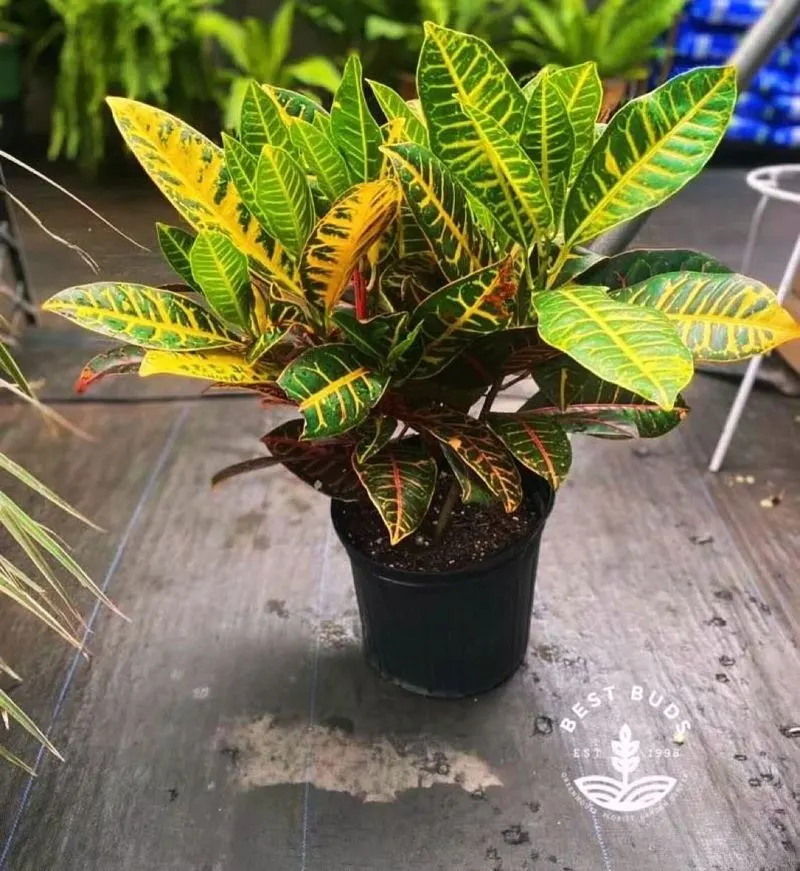
Crotons attract attention with their vibrant, multicolored leaves, but they can be finicky. They need consistent moisture and precise light to keep their colors true.
The Aglaonema, or Chinese Evergreen, offers a colorful alternative that’s easier to manage. It can tolerate low light and occasional watering lapses, maintaining its beauty with minimal fuss. It’s perfect for those who desire a splash of color in their homes without the constant monitoring required by crotons.
Venus Flytrap
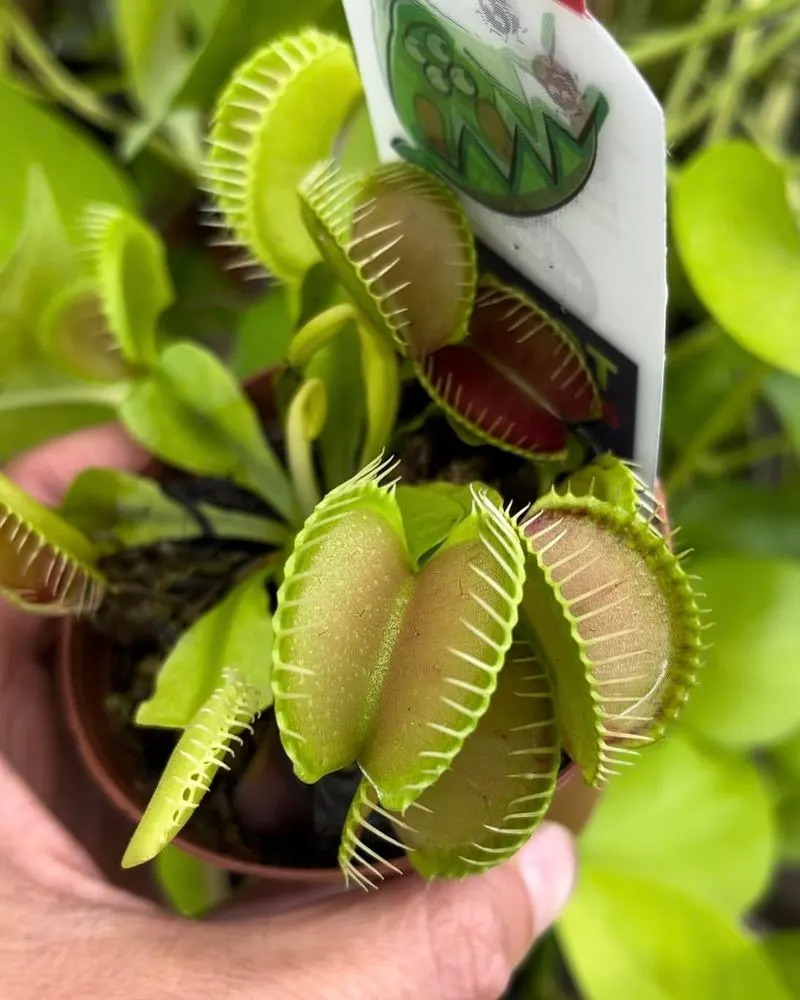
Venus flytraps fascinate with their carnivorous nature, but sustaining them indoors is a challenge. They need specific water, soil, and lighting conditions to survive.
If you’re intrigued by unique plants, consider growing a Pitcher Plant instead. It offers a similar carnivorous appeal but adapts better to a broader range of conditions. Pitcher plants are less demanding of water type and light, making them a more practical choice for those new to carnivorous plants.
Azalea
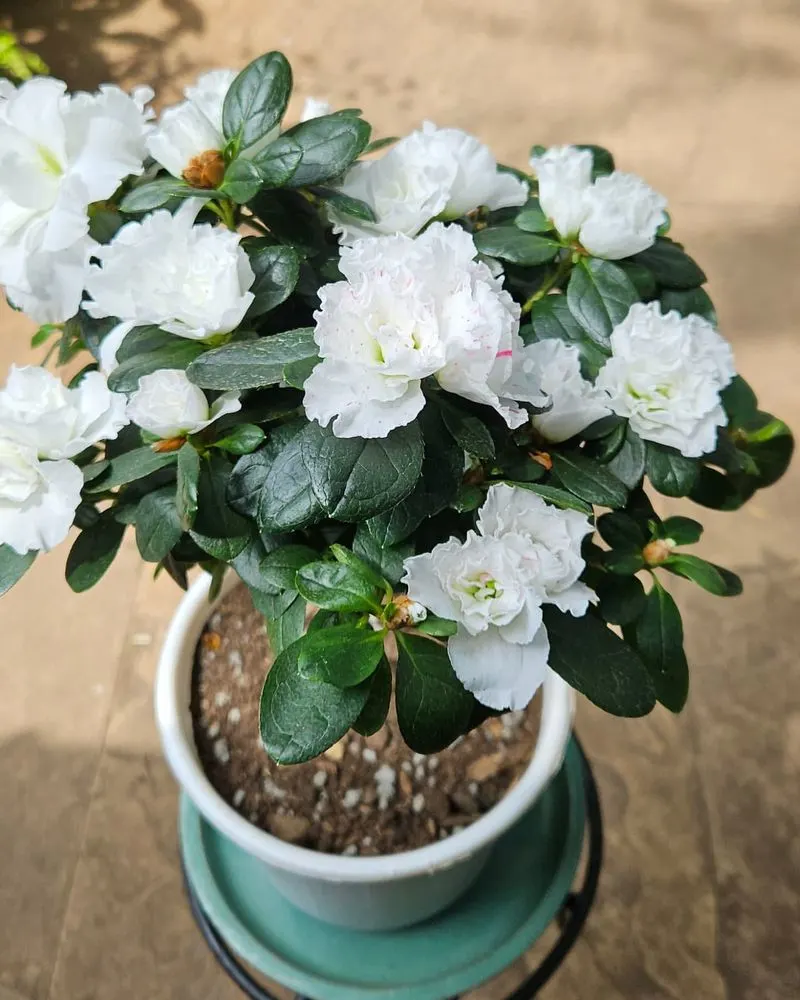
Azaleas bring vibrant color indoors but are tricky to maintain. They thrive on specific humidity, light, and temperature conditions that are difficult to consistently recreate.
Opt for an African Violet instead. This plant offers beautiful blooms and can adapt to indoor conditions with ease. It requires regular watering and moderate light but is forgiving of minor neglect. African violets are an excellent choice for those who love floral displays without the high maintenance demands of azaleas.
English Ivy
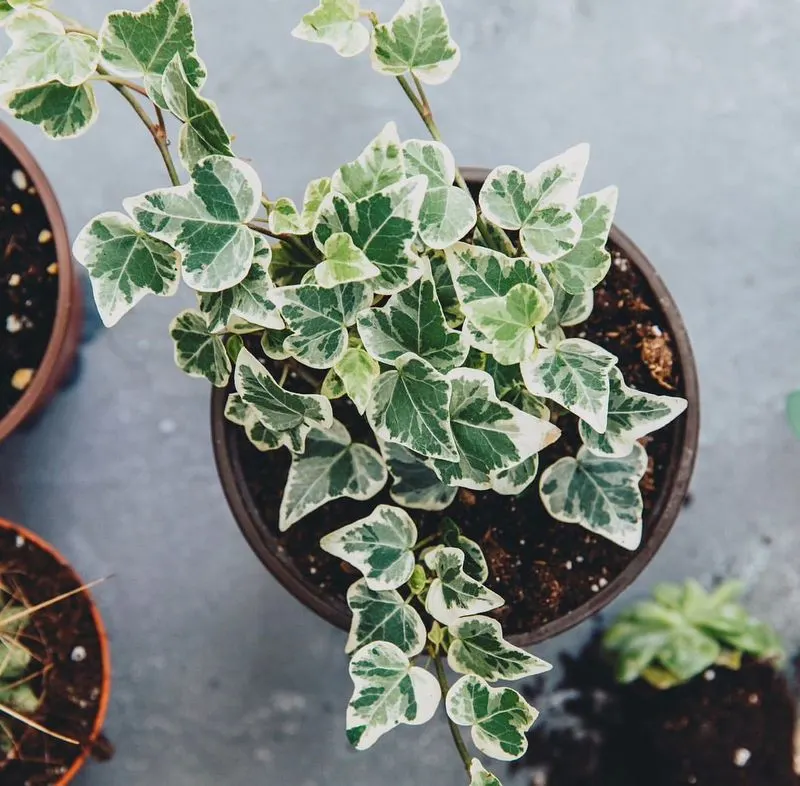
English ivy is admired for its trailing vines, yet it can become invasive and requires specific light conditions to thrive. It’s also prone to pest issues indoors.
Consider the Heartleaf Philodendron for a similar cascading effect. It’s much easier to care for, tolerating a range of light conditions and requiring minimal maintenance. This plant is perfect for those wanting a trailing vine without the complications of pest control and rigorous light management.

